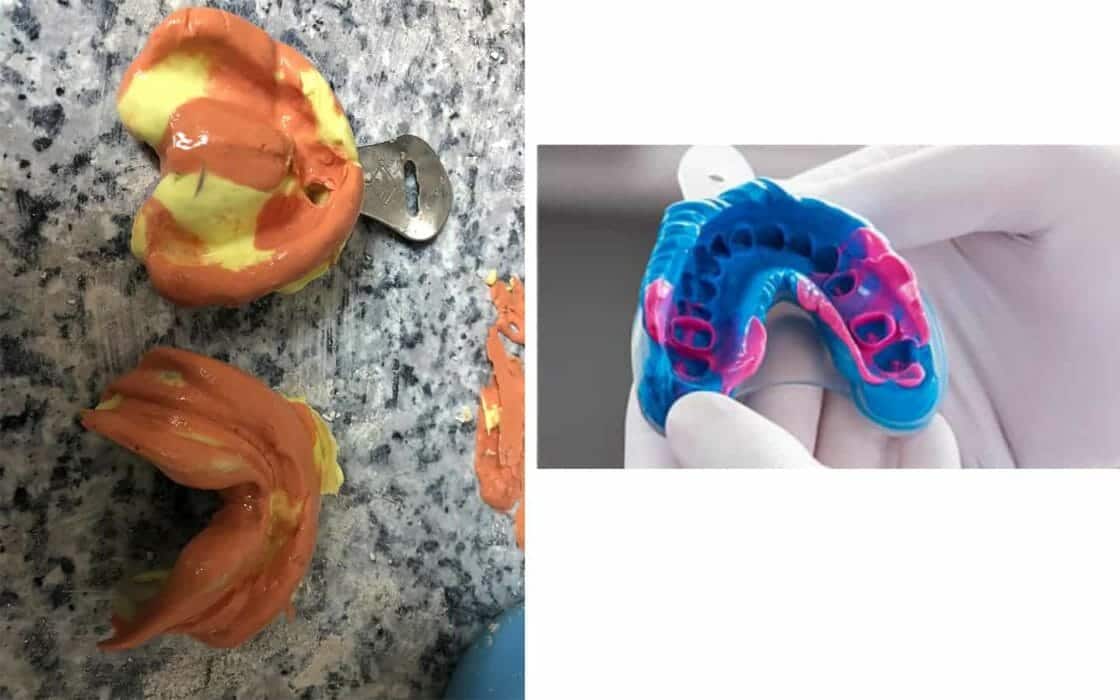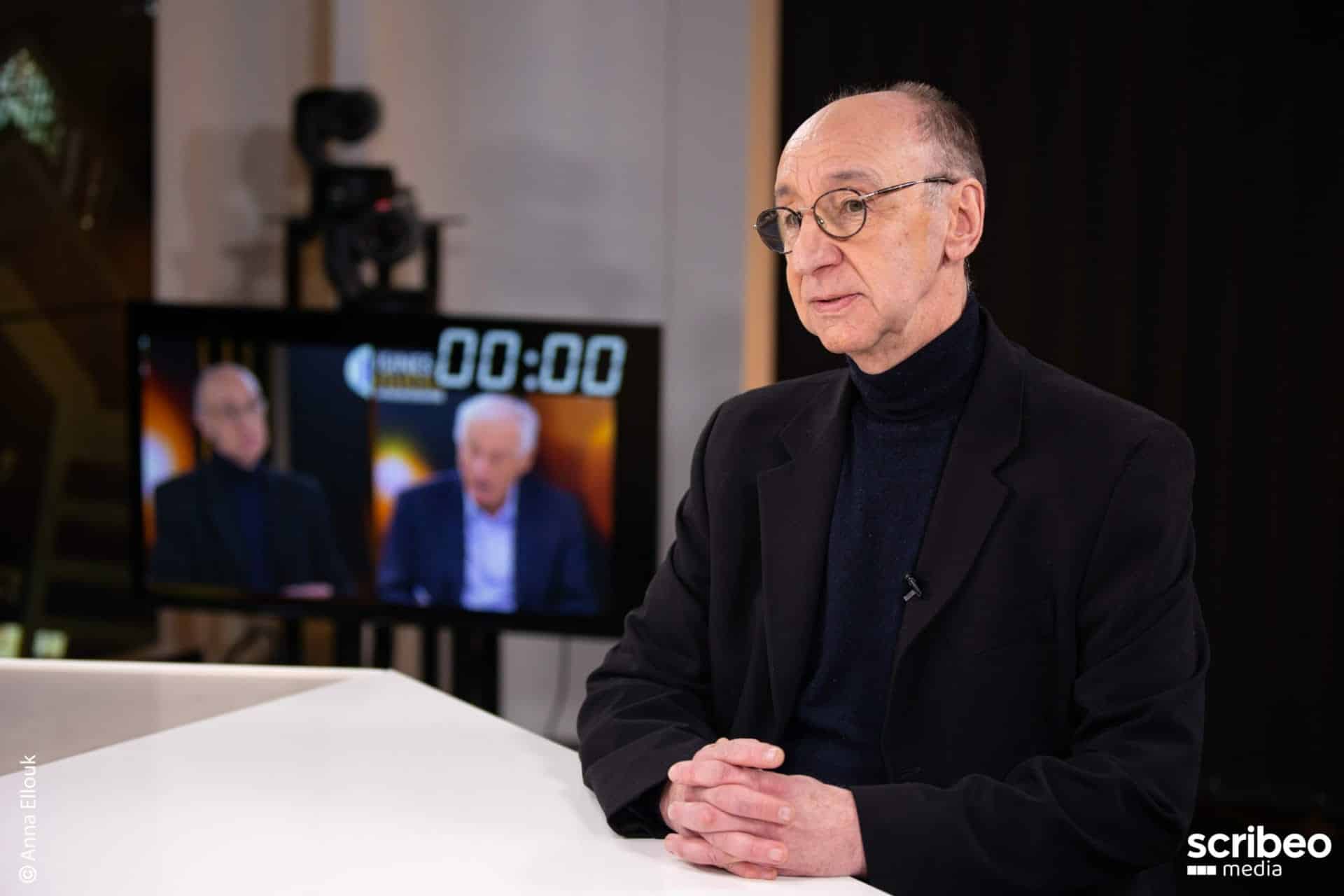
The impression for joint prostheses is subject to specific intervention by the Dental Surgeon for preparation for production requiring a pre-construction medical procedure.
The impression for the creation of attached prostheses does not require any special care or intervention and is not in no case subject to a medical procedure or codified as such!
the new digital impression techniques do not change anything for the bridge impressions are still subject to intervention by the professional of a preparation care and the impressions with the objective of making dentures still do not require any specific preparation.
Fingerprints conventional in fixed prosthesis
Impression techniques for fixed prostheses must be adapted to the shape and limits of the preparations, but also to the recording of the surrounding elements (teeth to be reproduced, proximal contact areas, antagonists, mucous membranes, etc.).
Thus, the impression of a unit preparation or multiple preparations, peripheral or partial preparations, does not require the same recommendations.
The primary difficulty with a conventional impression is to highlight the prosthetic limits.
Highlighting the limits and the emergence profile
This region of the emergence profile is certainly the most difficult to understand clinically. However, this is a crucial area which allows the prosthetist to correctly read the limit of the preparation, as long as it respects a fillet, even a fine one (0,2 mm for example for the veneers) .
Dental floss for joint impression taking
The retraction wire Placing a wire in the sulcus allows it to temporarily open it to a certain extent and limit the flow of crevicular fluid. A wire can be left in place at the bottom of the sulcus during the impression. You can also remove the wire just before placing the impression material, or even combine the two solutions by positioning two wires. However, the epithelial attachment is very fragile and there is a great risk of damaging it during this maneuver.
In certain cases, this may result in gingival recession in the short or medium term. Certain chemical agents make it possible to interrupt bleeding and temporarily retract the marginal gums through a powerful astringent action. These products are effective, but expensive.
Find this article on: www.lefildentaire.com – “Print taking”


Fingerprints conventional in assistant prosthesis
Dental impression with CH Valence alginate
You can see that no medical care is required to carry out this preliminary impression work necessary for the creation of a removable prosthesis.
Another act of recording the occlusion necessary in the stages of making removable prostheses not subject to a medical procedure.


 Suggestion box
Suggestion box 